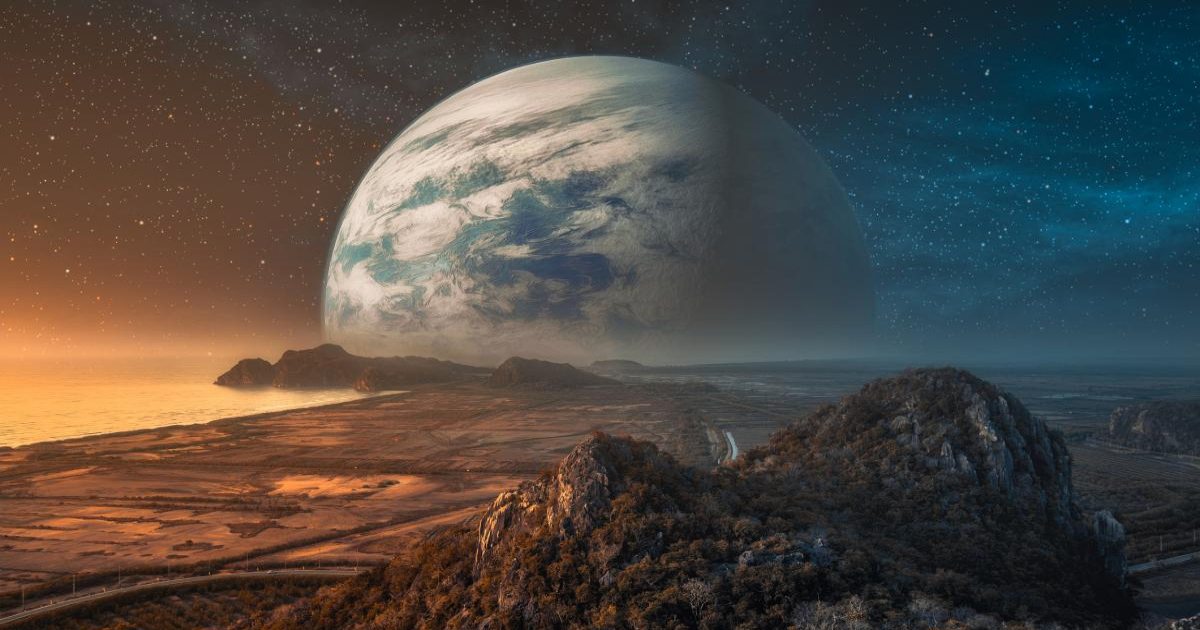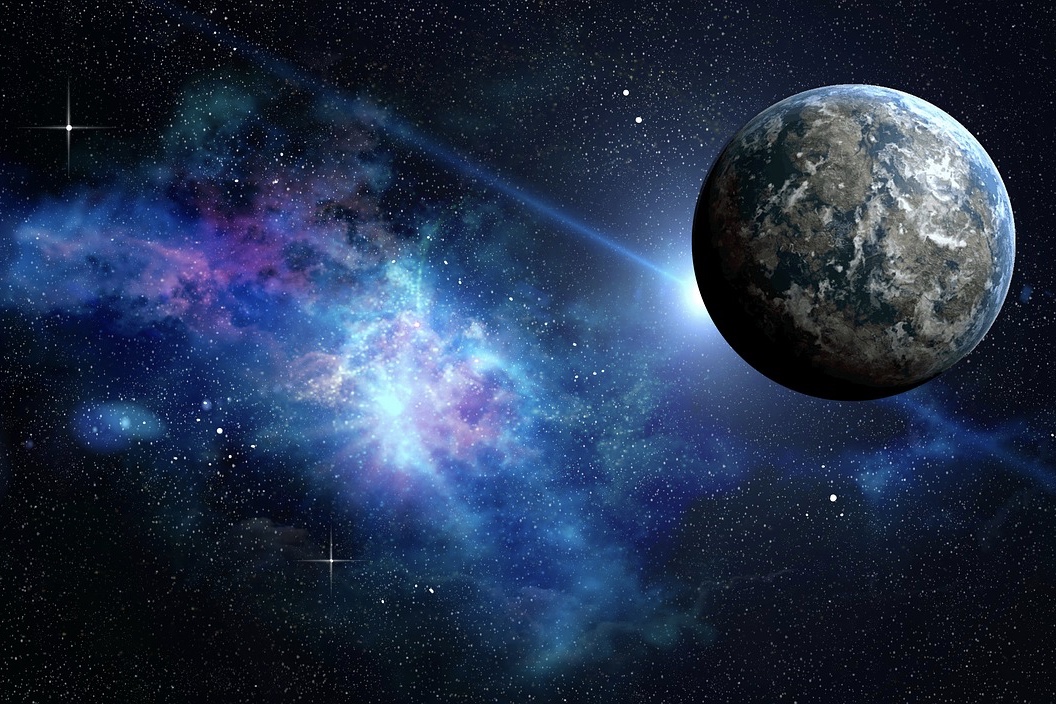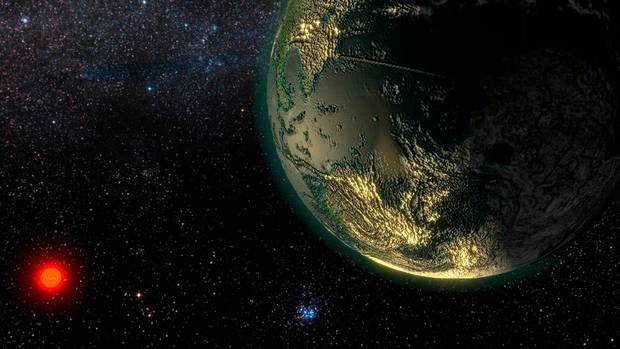The universe is filled with wonders, from galaxies to stars and planets. But what of the “super-Earths” that have been discovered all over the galaxy?
These mysterious planets are believed to have up to 10 times the mass of our own and could be hospitable for life.
In this blog post, we will explore these fascinating super-Earths and their potential to support life. From what scientists know about them so far to possible future discoveries, read on to learn more about these mysterious distant worlds!
What are super-Earths?

Super-Earths are a type of extrasolar planet with a mass greater than Earth’s, but less than that of a gas giant.
They are also sometimes called “mini-Neptunes.” Super-Earths can be either rocky or gaseous, depending on their size and composition.
The first super-Earth was discovered in 2005 orbiting the star Gliese 876. Since then, hundreds more have been found by astronomers using ground-based telescopes and the Kepler space telescope.
The vast majority of known exoplanets are super-Earths. This is likely because they are easier to detect than smaller planets.
However, it is also possible that there are more super-Earths in the Milky Way than any other type of planet.
There is still much we don’t know about super-Earths. For example, we don’t know if they are common or rare in our galaxy.
We also don’t know if they are hospitable to life as we know it. But as we continue to find more of these strange and fascinating worlds, we may finally start to get some answers to these questions.
Where are they located?

There are three super-Earths that are particularly close to Earth: HD 40307g, HD 20794b, and HD 102329b.
All three of these planets are located within 30 light years of our solar system. HD 40307g is the outermost planet in the HD 40307system and is thought to be in the habitable zone.
This means that it could potentially support life as we know it. HD 20794b is a gas giant that is very similar to Jupiter.
It is located in the constellation Aries and is about twice as massive as Jupiter. HD 102329b is a rocky super-Earth that is located in the constellation Cancer.
It has a mass that is about five times that of Earth and is thought to be uninhabitable due to its high temperature.
Why are they mysterious?

There are lots of theories about why super-Earths are so mysterious. One theory is that they’re just really far away from us and we haven’t been able to study them closely enough.
Another theory is that they could be made of strange materials that we don’t know much about.
Whatever the reason, we still have a lot to learn about these strange worlds. And who knows? Maybe one day we’ll find out that they’re not so mysterious after all.
What is the likelihood of life on a super-Earth?

A super-Earth is a planet with a mass greater than that of Earth, but less than that of a gas giant. They are thought to be abundant in our galaxy, and many scientists believe that they are likely to be the hosts of life.
There are several reasons why super-Earths may be more likely to have life than Earth-like planets. First, they are more massive, which means they have stronger gravitational fields.
This allows them to hold on to their atmospheres better, preventing them from being blown away by the stellar wind.
Second, they are closer to their stars, which gives them more energy for life to thrive on.
And third, they often have orbits that are not perfectly circular, which means they experience seasons and weather patterns that could support life.
So far, we haven’t found any definitive evidence of life on a super-Earth, but there is certainly reason to believe that it exists.
With the ongoing search for exoplanets, we may soon find ourselves with proof of life beyond our own world.





